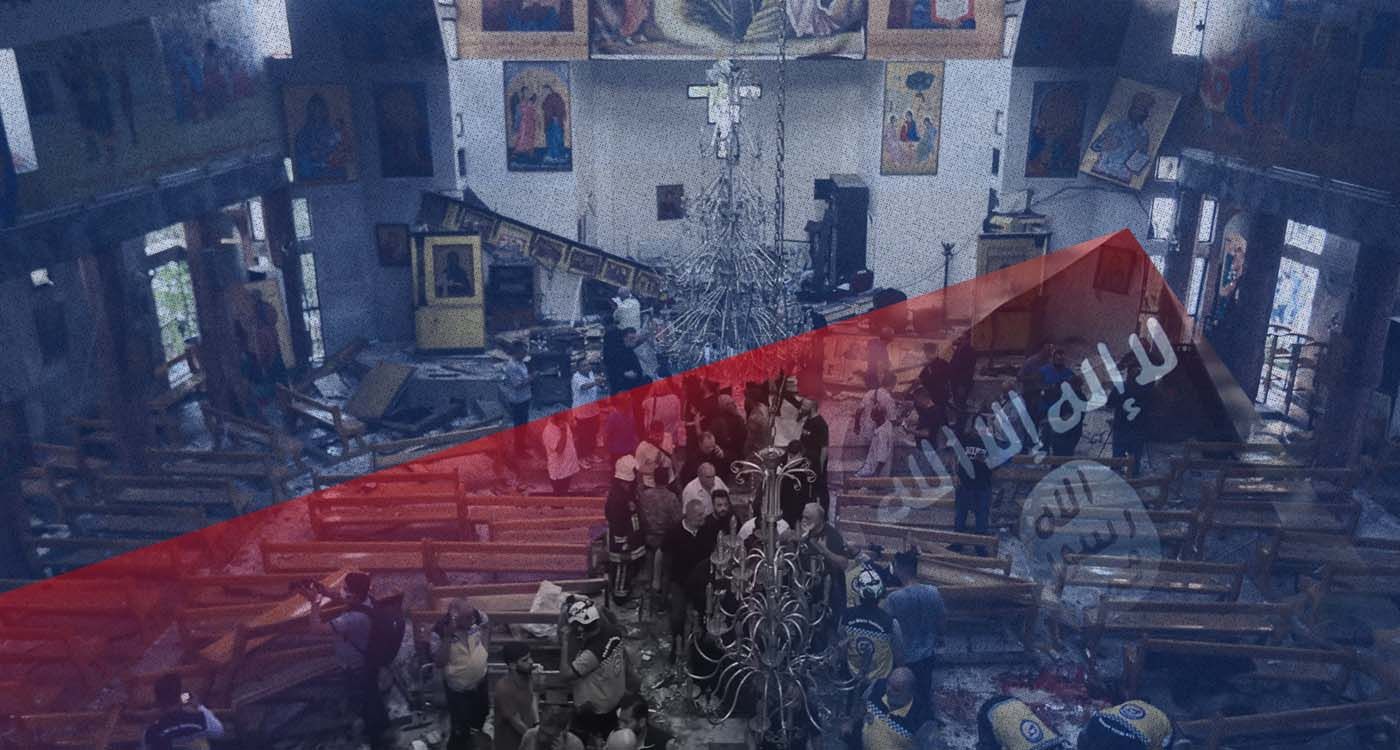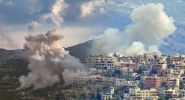- Home
- Arab World
- The Return of ISIS in Syria: Who’s Pulling the Strings?

©This is Beirut
The deadly June 22 attack on the Mar Elias Church in Damascus, which killed at least 25 people, has brought back into focus a lingering threat: the Islamic State group, commonly known as ISIS (or Daesh).
While the terrorist organization appeared weakened in recent years, a new affiliated jihadist faction, Saraya Ansar al-Sunna, claimed responsibility for the attack, vowing to keep on targeting Alawite, Shiite and Druze minorities, along with supporters of the Syrian regime.
A Suspiciously Loaded Label
Beneath the name Ansar al-Sunna lies a more complex reality. The label is anything but random. Historically associated with Sunni jihadist movements, it would have made more sense during the height of Syria’s civil war, when groups like Jabhat al-Nusra held sway over significant territories. But today, with a Syrian regime that is largely Sunni and supported both locally and internationally, this kind of sectarian rhetoric seems oddly misplaced — even artificial.
Some analysts go so far as to detect in this naming choice the hallmarks of discourse shaped outside Syria, with unmistakable Lebanese overtones.
Longstanding, Well-Documented Connections
The history of ISIS — from its origins under Abu Musab al-Zarqawi to its expansion across Syria and Iraq — reveals ambiguous ties between the group and regional intelligence agencies. In its early days, the group included numerous former Baathist officers, particularly from Iraq, who structured ISIS into a militarily and strategically efficient organization.
According to credible documents and testimonies, some of ISIS’s media outlets operated from within Syria, under the protection of Syrian intelligence services — a revelation that casts doubt on the group’s claims of ideological independence.
A Tool for Geopolitical Agendas?
Time and again, ISIS seems to resurface just as the Syrian regime or its Iranian ally finds itself under pressure — almost as if to deflect attention or reshape the security landscape. It's no coincidence that several experts liken the group to a corporation with multiple stakeholders, each benefiting in their own way from the chaos it unleashes.
The Damascus attack occurred amid a region already under strain — from economic pressure on Iran, to political uncertainty in Lebanon and fragile balances in Iraq. ISIS’s reemergence could therefore serve multiple agendas, far beyond religious slogans.
Vigilance and Lucidity
ISIS’s capacity for destruction must not be underestimated, but it is equally vital to understand who stands to gain from its return. Fighting terrorism also means unmasking those who instigate it, and clearly decoding the regional dynamics that turn jihadist groups into tools of real-world power.
Read more




Comments